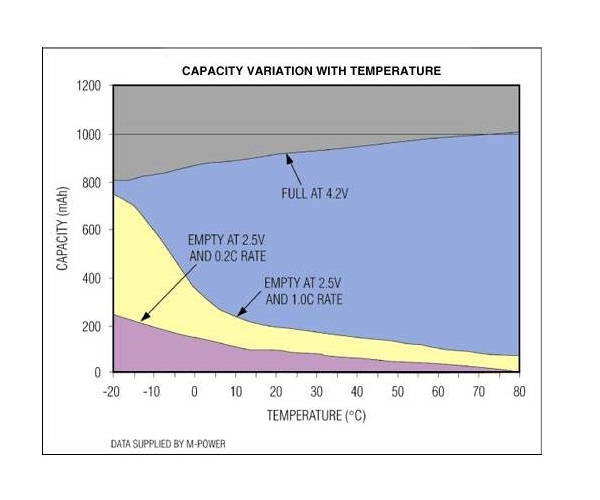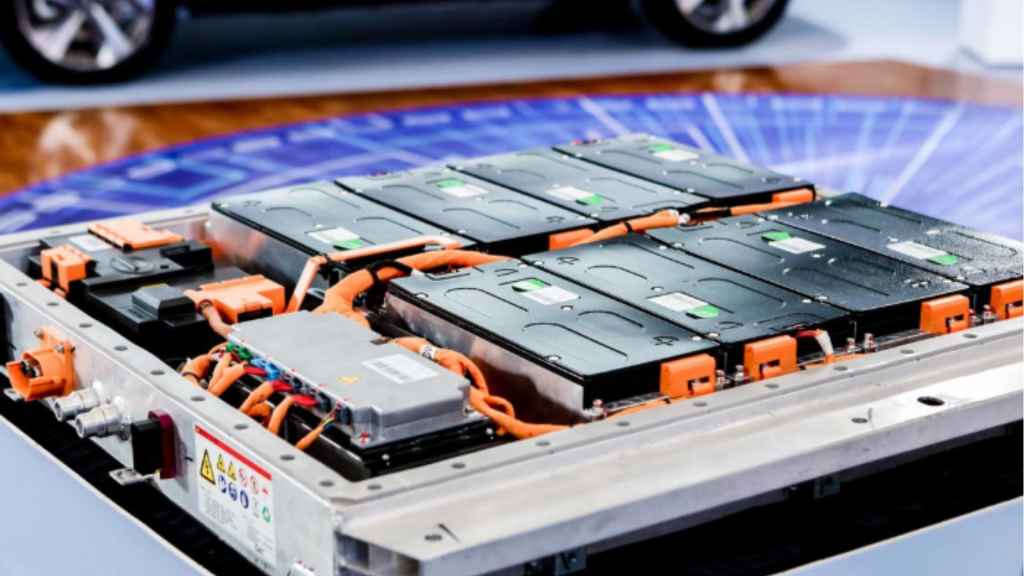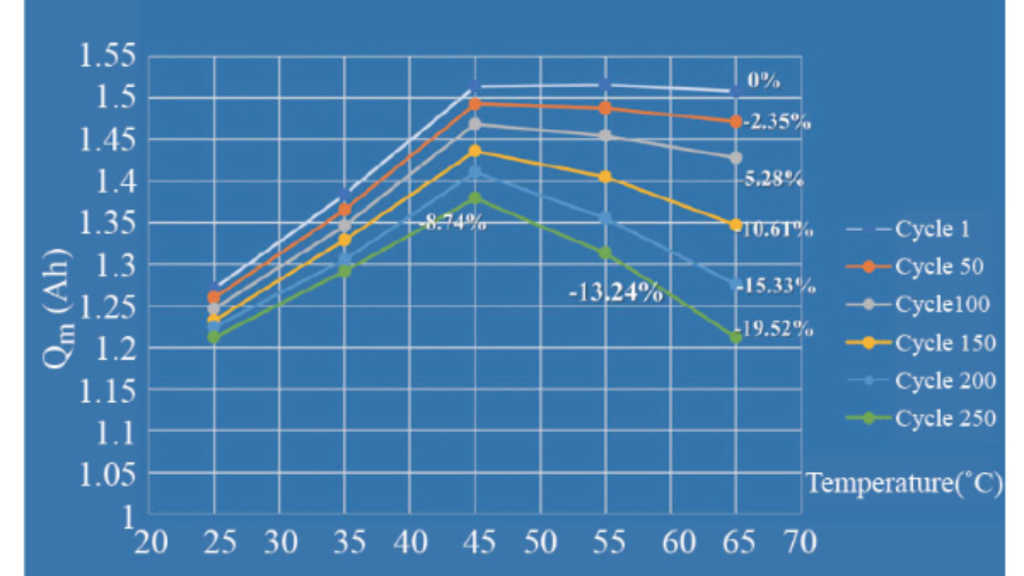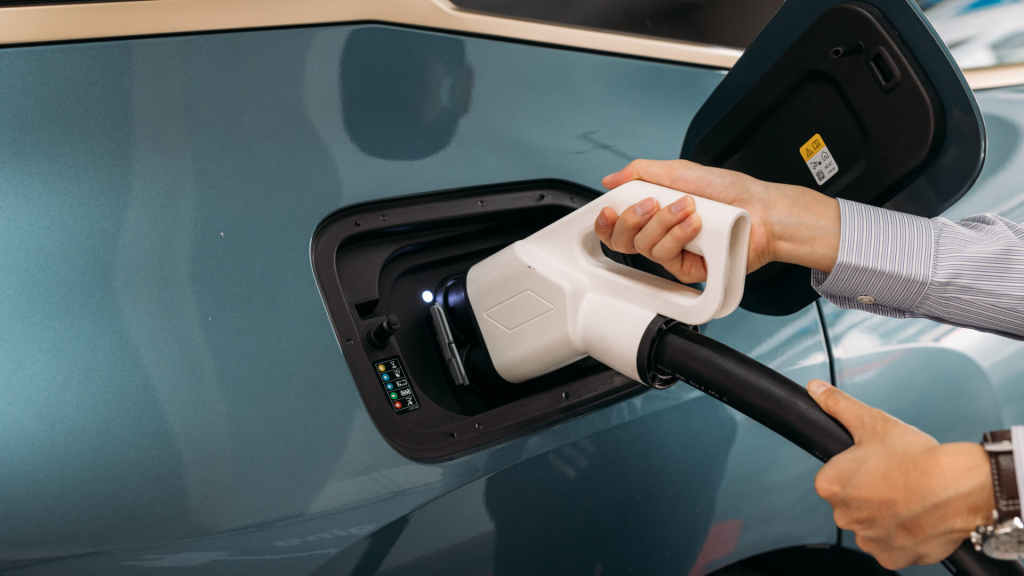As we all know, the power battery is most afraid of low temperatures, and there will always be a reduction in mileage of different degrees in winter; the charging time will also be extended to a certain extent, and the calibration of a vehicle that only takes half an hour from 20% to 80% will actually be extended several times. Minutes to ten minutes. So will things get better in the summer? However, some drivers reported that the charging speed in summer has also slowed down.
Is this the result of an aging power battery?
Facts have proved that high temperatures will also affect charging efficiency and discharging efficiency, and power batteries are not only afraid of low temperatures.
Effect of temperature on EV batteries
The ideal temperature range for lithium-ion batteries is mostly 25°C (±5°C). If the temperature is lower than zero, it will not be able to charge effectively, but if the temperature is too high, it will also have an impact; the reason why vehicles equipped with lithium batteries can operate in low-temperature environments The main reason is that the BMS (Battery Management System) adjusts the temperature of the battery pack. It is to heat the power battery pack with antifreeze coolant or to achieve heating through other technologies. Conversely, in a high-temperature environment, the cooling system will also be used to cool down, and the temperature limit is generally around 50°C; however, when it reaches around 45°C, the charging current will inevitably drop.

The optimal temperature for power batteries of different types and formulas is also different. For example, the adaptability of ternary lithium batteries to low temperatures is better than that of lithium iron phosphate batteries; but there are also many kinds of ternary lithium batteries. Ternary refers to The positive electrode material that adopts ternary polymers, and there are various types. Therefore, there are also some special power batteries, the minimum temperature of which can be as low as minus 50 luxury humidity, and the maximum temperature can exceed 80 ℃! However, the manufacturing cost of these power batteries is also high, and they are generally only used in the military or aerospace fields.
The charging process will generate heat energy; the higher the charging power, the more heat energy will be generated!
Self-regulation of the EV BMS when the temperature is too high
Each type of power battery has a thermal runaway threshold, and it needs to cool down before approaching the limit. Otherwise, the power battery pack may really explode, so the BMS unit will detect the temperature change of the battery pack in real-time, and there will be obvious when charging in summer Noise; the reason is that the temperature control system is constantly adjusting the cooling intensity, and the sound comes from the electronic fan. The cooling method of the power battery pack is almost the same as the water cooling system of the fuel vehicle engine. The condenser is continuously cooled by an electronic fan (fan). The higher the temperature of the battery pack, the higher the cooling intensity, but if the limit of the cooling system is reached and the temperature cannot be effectively cooled, then the only way is to reduce the charging power to cool down.

Summer charging advice for EVs
When the temperature in summer reaches about 40°C, the surface temperature will be much higher; it is not an exaggeration for the surface temperature to exceed 60°C under the scorching sun, and if the internal temperature of the power battery is close to this standard, or exceeds 45°C, the electrolyte will The lithium salt in the lithium battery is prone to thermal decomposition, which will cause the chemical reaction of the battery to be out of balance, and will also slowly destroy the structure of the electrode material.

In summer, the weather is very hot, and the sun’s rays are very strong. At this time, we need to pay attention to the following aspects when using the EV charger to charge:
1. Grasp the charging time and frequency.
Overcharging, over-discharging, and undercharging will shorten the life of the battery to a certain extent. Under normal circumstances, the average charging time of a car battery is about 10 hours. In addition, fully discharge the battery once a month and then fully charge the battery, which is conducive to “activating” the battery and increasing the capacity of the battery.
2. Pay attention to the placement of charging piles.
When charging the car, try to place it in an open and cool place so that the electric cable is directly connected to the socket. At the same time, the electric cables should avoid being exposed to the sun, and the charging piles should also be placed in a stable and ventilated place. At the same time, there are more thunderstorms in summer, so take rainproof measures when charging to avoid potential safety hazards.
3. Do not charge immediately after exposure to the sun
Exposure to the sun will cause the temperature of the power box to rise sharply, resulting in a rise in battery temperature, which will accelerate the aging and damage of the wiring in the car. Therefore, it is best not to charge when exposed to the sun in summer.
4. Charge the battery after cooling down.
Many car owners charge the car immediately after using it because they are in a hurry or for other reasons so that the charging efficiency will be greatly reduced. The correct way is to wait for the battery to cool down slightly before charging. The best battery temperature is 25°C, so the charging efficiency is the highest.
5. Choose an EV charger that meets the national standard
Car owners must use EV chargers that meet national standards when charging. Before charging, first, confirm the status of the car and whether the equipment is normal. After starting charging, confirm whether the voltage and current are normal. This is not only to protect the battery of your car but also to protect your own safety.

